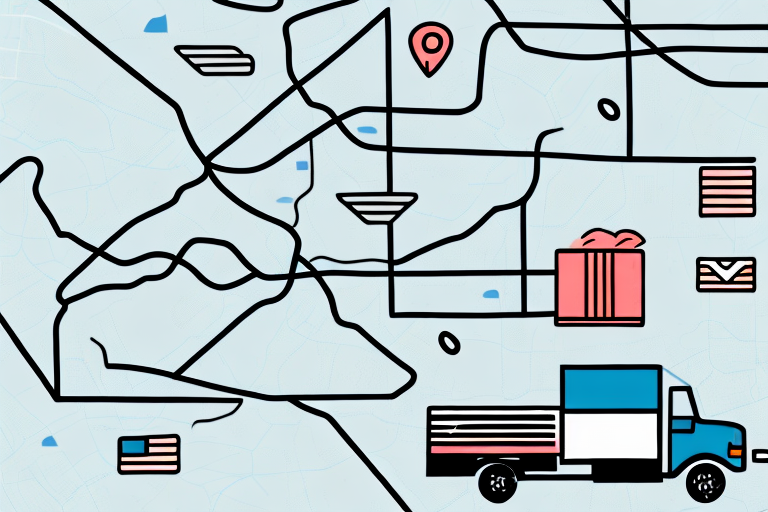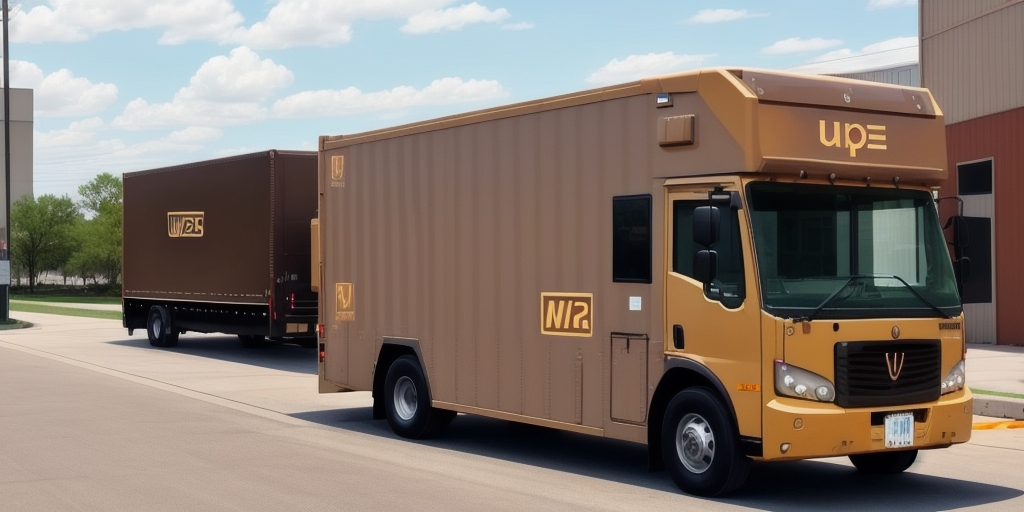Understanding UPS Package Sizes for Optimal Shipping
Choosing the right UPS package size is crucial for ensuring the safety of your items and managing shipping costs effectively. With a variety of UPS package options available, determining the best fit for your shipment can be challenging. This guide provides an in-depth analysis of UPS package sizes, their benefits, and practical tips for selecting the ideal package for your needs.
Why Selecting the Correct UPS Package Size Matters
Using the appropriate UPS package size affects both the safety of your items and the overall cost of shipping. A package that's too small may lack sufficient padding, risking damage to contents, while an oversized package can lead to unnecessary shipping expenses due to increased weight and space.
Additionally, the nature of the item being shipped plays a significant role. Fragile items require more cushioning and possibly larger packaging to prevent shifting and breakage, whereas smaller, sturdier items can be securely shipped in compact packages, reducing costs.
For international shipments, package size considerations also include compliance with destination country regulations and the need for additional documentation like customs forms.
How to Accurately Measure and Choose the Right UPS Package
Accurate measurement is the first step in selecting the appropriate UPS package size. Follow these steps to measure your package:
- Measure the length, width, and height of the item.
- Add two inches to each dimension to account for padding and clearance.
- Round up to the nearest inch for all measurements.
- Use the resulting dimensions to select the corresponding UPS package size.
Keep in mind that UPS enforces a maximum weight limit of 150 pounds per package. For items exceeding this weight, UPS Freight services are recommended. Additionally, for highly fragile or valuable items, UPS offers special handling services to ensure enhanced protection during transit.
Common Misconceptions About UPS Package Sizes
One prevalent misconception is that larger boxes are always better. In reality, oversized packages can increase the risk of item damage and incur higher shipping costs due to excess weight and space.
Another false belief is that only weight influences shipping rates. While weight is a significant factor, UPS also considers package dimensions when calculating costs. A lightweight but large package can still result in higher shipping fees compared to a smaller, heavier one.
Understanding that both weight and dimensions play roles in determining shipping costs can help you make more informed packaging decisions.
Popular UPS Package Sizes and Their Ideal Uses
UPS offers a variety of package sizes tailored to different shipping needs:
- UPS Express Box: Best suited for shipping documents and small, valuable items securely.
- UPS 10kg and 25kg Boxes: Ideal for international shipments, accommodating items up to 10 kg and 25 kg respectively.
- UPS PAK: Perfect for soft goods, garments, and items that require flexible packaging solutions.
- UPS Tube: Designed for shipping large documents like posters and blueprints safely.
For items that don't fit standard sizes, UPS offers custom packaging solutions to accommodate unique shapes and oversized items, ensuring flexibility for all shipping requirements.
Effective Packing Strategies for Different Items
Packing techniques vary based on the type of item being shipped:
Fragile Items
Use bubble wrap or foam peanuts to provide ample cushioning. Place the fragile item in the center of a sturdy box, filling any empty spaces with packing material to prevent movement during transit. Clearly label the package with "Fragile" to ensure careful handling.
Electronics
Protect electronics by wrapping them in anti-static bubble wrap. Use a rigid box and secure components to prevent internal movement. Consider removing batteries or loose parts and packing them separately to avoid potential damage or hazards.
Heavy Items
For heavy shipments, use reinforced boxes and distribute weight evenly. Incorporate sturdy packing materials to safeguard both the item and the box structure.
Perishable Goods
Employ insulated packaging and include cooling agents to maintain the integrity of perishable items during shipping. Clearly mark packages containing perishables to facilitate prompt handling.
Strategies to Reduce Shipping Costs with Proper Packaging
Optimizing package size not only ensures the safety of your items but also helps in reducing shipping costs. Here are effective strategies:
- Utilize UPS Online Tools: Use UPS’s shipping calculators to find the most economical rates based on package size and weight.
- Select Ground Shipping: Opt for ground shipping instead of express services when time permits to lower costs.
- Consolidate Shipments: Combine multiple items into a single package when possible to minimize the number of shipments and associated fees.
- Negotiate Rates: If you ship regularly, negotiate bulk shipping rates with UPS for better pricing.
Best Practices for Labeling and Addressing UPS Packages
Proper labeling and addressing are essential for ensuring timely and accurate delivery:
- Complete Information: Include the full names and addresses of both the sender and recipient.
- Clear Instructions: Add any necessary handling instructions or warnings, such as "Fragile" or "This Side Up."
- Verify Accuracy: Double-check all address details to prevent delays or misdeliveries.
- Use UPS Formats: When using UPS’s online shipping tools, adhere to their formatting guidelines for labels to ensure compatibility and readability.
The Impact of Weight Limits on UPS Package Selection
Selecting a package that adheres to UPS’s weight restrictions is crucial:
- Weight Compliance: Ensure your package does not exceed the maximum weight limit for the chosen size to avoid additional fees or the need for alternative shipping methods.
- Balanced Weight Distribution: Distribute weight evenly within the package to maintain structural integrity and prevent damage.
- Consider Freight Services: For packages exceeding standard weight limits, explore UPS Freight services that cater to heavier shipments.
Future Trends and Innovations in UPS Packaging
The packaging industry is evolving with advancements aimed at sustainability and efficiency:
- Eco-Friendly Materials: UPS is increasingly incorporating biodegradable and recyclable materials to reduce environmental impact.
- Smart Packaging: Integration of tracking and monitoring devices enhances package visibility and security throughout the shipping process.
- Autonomous Delivery: UPS is exploring the use of drones and autonomous vehicles to streamline delivery operations and improve delivery times.
Staying informed about these trends can help businesses and individuals adapt to new packaging solutions and leverage them for improved shipping performance.
Conclusion
Choosing the right UPS package size is fundamental to ensuring the safe and cost-effective delivery of your items. By accurately measuring your shipments, understanding the importance of package dimensions and weight, and implementing best packing practices, you can enhance the efficiency of your shipping process. Additionally, staying abreast of industry trends and utilizing UPS’s tools and services can further optimize your shipping experience. Make informed decisions about your UPS packaging to achieve reliable and economical shipping outcomes.








